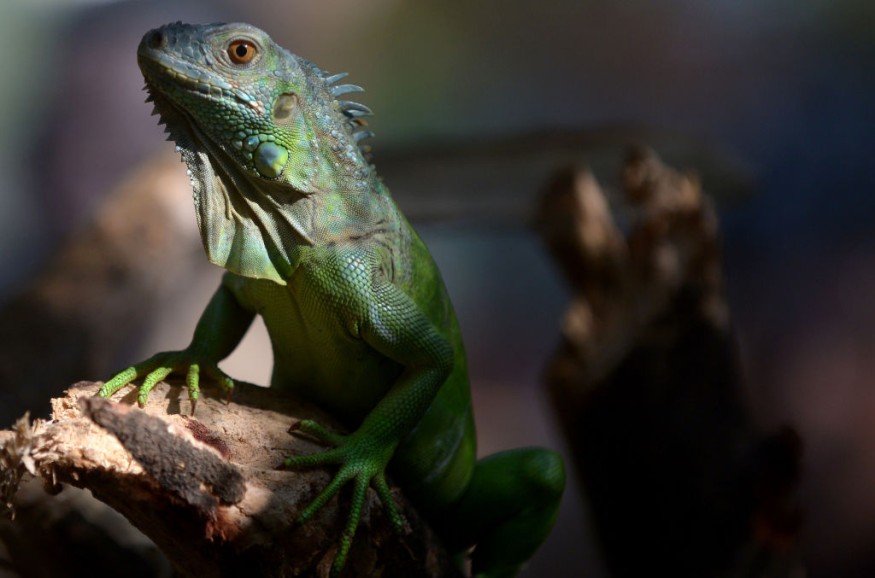It is known throughout the animal kingdom that some animals are capable of self-amputation, an ability where an animal can detach its leg and eventually attach it again under certain circumstances; such as survival during a predator attack in the wild.
In the case of lizards, these reptiles are known for their detachable tails.
However, a new study explored the internal biological process of how reptiles keep their tails intact, unless when truly needed.
Lizards use their tails as a decoy for them to escape from their hunters.
Self-Amputation as Defense Mechanism

The new study's researchers from the New York University Abu Dhabi in the UAE; and New York University in New York, USA, published their work in the journal Science on Feb. 17.
The study acknowledged the interesting facts on how lizards control their detachable tails from falling off.
The study explored the process behind self-amputation, also known as tail-shedding and autotomy, a process of detaching one's body parts, including tails, among lizards as a defense mechanism from predators.
However, their tails are prone to accidental loss due to external forces with enough force capable of removing them.
Certain features of the internal structure of reptile tails allow it to prevent such loss.
According to one of the study's authors, Yong-Ak Song, a bioengineer at New York University Abu Dhabi, the lizards need to find the right adjustment to prevent their tails from falling off.
Still, the lizards must be ready to let go of their tails when needed, according to the Science News organization.
The new study discovered the lizard's tail is composed of several interconnected segments similar to how cable plugs fit into electric sockets.
Based on the discovery, it shows that there is a complex structure inside the reptiles' tails.
Exploring the Tail's Internal Structure
Song and his team of researchers explored the function of the tail's internal structure through a series of practical and microscopic observation processes.
First, they amputated tails from three different species of lizards.
Second, the researchers used a microscope to analyze the broken appendages.
Lastly, the team found that there are mushroom-like bumps with holes or pores in them.
These bumps tend to serve as spaces to either allow the reptiles to detach or attach their tails voluntarily, although there are some instances where the lizard's tails accidentally fall off.
Previous Related Study on Tail-Shedding
In a previous yet related study published in Science Daily in 2009, ecologists from the University of Michigan answered the long-held questions of biologists; what is a lizard's main basis to shed off its tail during a predator attack?
The 2009 study claimed venom is the determining factor for lizards to decide on whether it would keep or detach their tail when a predator is chasing them.
The Michigan University researchers discovered that lizards only detach their tails when the predator is venomous.
Lizard species such as the green iguana and bearded dragon can detach their tails, which continue to move and wiggle that can distract their predators, as per Pet MD.
Eventually, their tails grow again within a certain period of time.
On the contrary, some lizards can shed their tail but are unable to regrow them.
Related article : Lizards May be the Key to Regenerating Limbs
© 2025 NatureWorldNews.com All rights reserved. Do not reproduce without permission.





